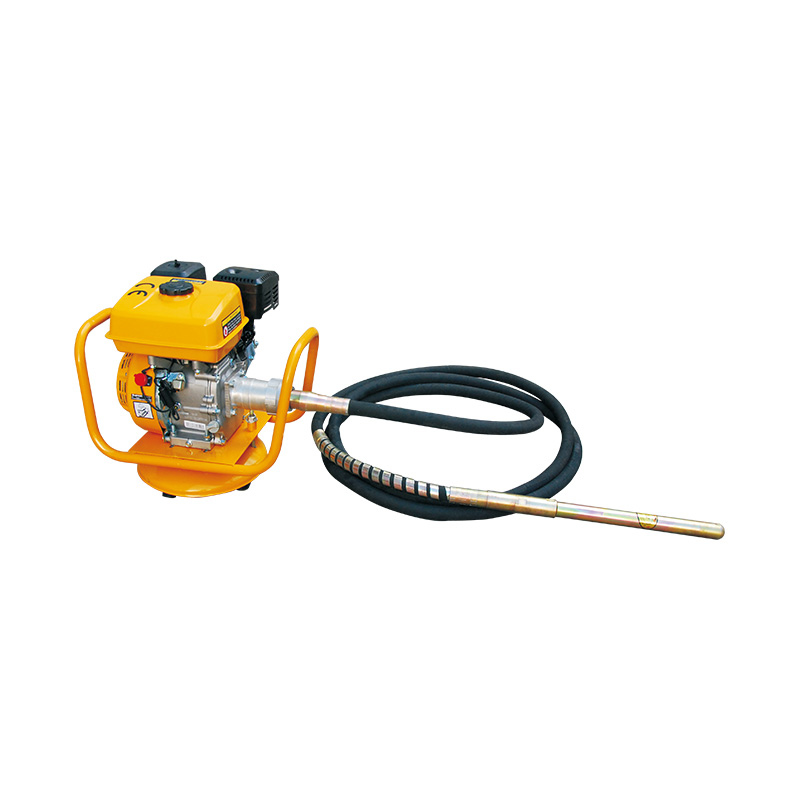How Does the Tool Work Mechanically?
At the core of the Insertion Type Gasoline Engine Concrete Vibration Stick is a simple yet effective mechanical concept. The tool consists of a flexible shaft, a vibrating head (also called the poker), and a gasoline-powered engine. When the engine is started, it transfers rotational energy to the flexible shaft and vibrating head, which in turn creates rapid oscillations. These vibrations are transferred into freshly poured concrete when the poker is inserted.

These mechanical vibrations help to reduce air gaps between aggregate particles. As concrete is poured into a mold or framework, there's a natural risk of forming pockets of trapped air. The Insertion Type Gasoline Engine Concrete Vibration Stick helps release these voids by consolidating the mix and encouraging the movement of larger particles downward, thereby enhancing the density and structural integrity of the final form.
Why Is Gasoline Power a Practical Choice?
The gasoline engine in the Insertion Type Gasoline Engine Concrete Vibration Stick offers specific advantages in construction environments where electric power may be limited or unavailable. In outdoor or remote settings—such as bridgeworks, foundations in undeveloped terrain, or rural road projects—access to electricity might be inconsistent. A gasoline-powered unit is more versatile in such locations.
In addition, the fuel-based motor provides a continuous source of energy, which can often sustain longer operation durations compared to battery-powered models. This feature ensures that construction crews can use the Insertion Type Gasoline Engine Concrete Vibration Stick throughout extended pouring sessions without frequent recharging or generator use.
How Does the Tool Enhance Concrete Quality?
From a materials perspective, concrete that is not properly compacted can exhibit reduced strength, increased permeability, and visual defects such as honeycombing. The Insertion Type Gasoline Engine Concrete Vibration Stick plays a key role in reducing these occurrences. By facilitating even distribution of aggregates and eliminating air entrapment, the tool contributes to concrete that is uniform and structurally sound.
Additionally, using a vibration stick can improve the bond between the concrete and reinforcing bars (rebar). As the concrete settles more tightly around the reinforcement, the resulting composite becomes better suited to support load-bearing structures. In applications such as beams, columns, and retaining walls, this is especially important for meeting safety and design standards.
What Are the Operational Considerations?
Construction teams using the Insertion Type Gasoline Engine Concrete Vibration Stick benefit from its relatively straightforward handling. The flexible shaft allows operators to reach deep into forms or narrow moldings, making it easier to compact concrete in otherwise inaccessible sections. Portability is also a benefit, as the unit can be transported to different work areas with minimal effort.
To achieve results, operators typically insert the vibration head vertically into the concrete at regular intervals, holding it in place for a few seconds before withdrawing slowly. This technique ensures that the vibration is evenly distributed and that the entire mass of concrete is adequately consolidated.
Regular maintenance of the gasoline engine, flexible shaft, and vibration head ensures continued efficiency. Fuel level checks, air filter inspections, and lubrication of moving parts all help maintain the performance of the Insertion Type Gasoline Engine Concrete Vibration Stick over long periods of use.